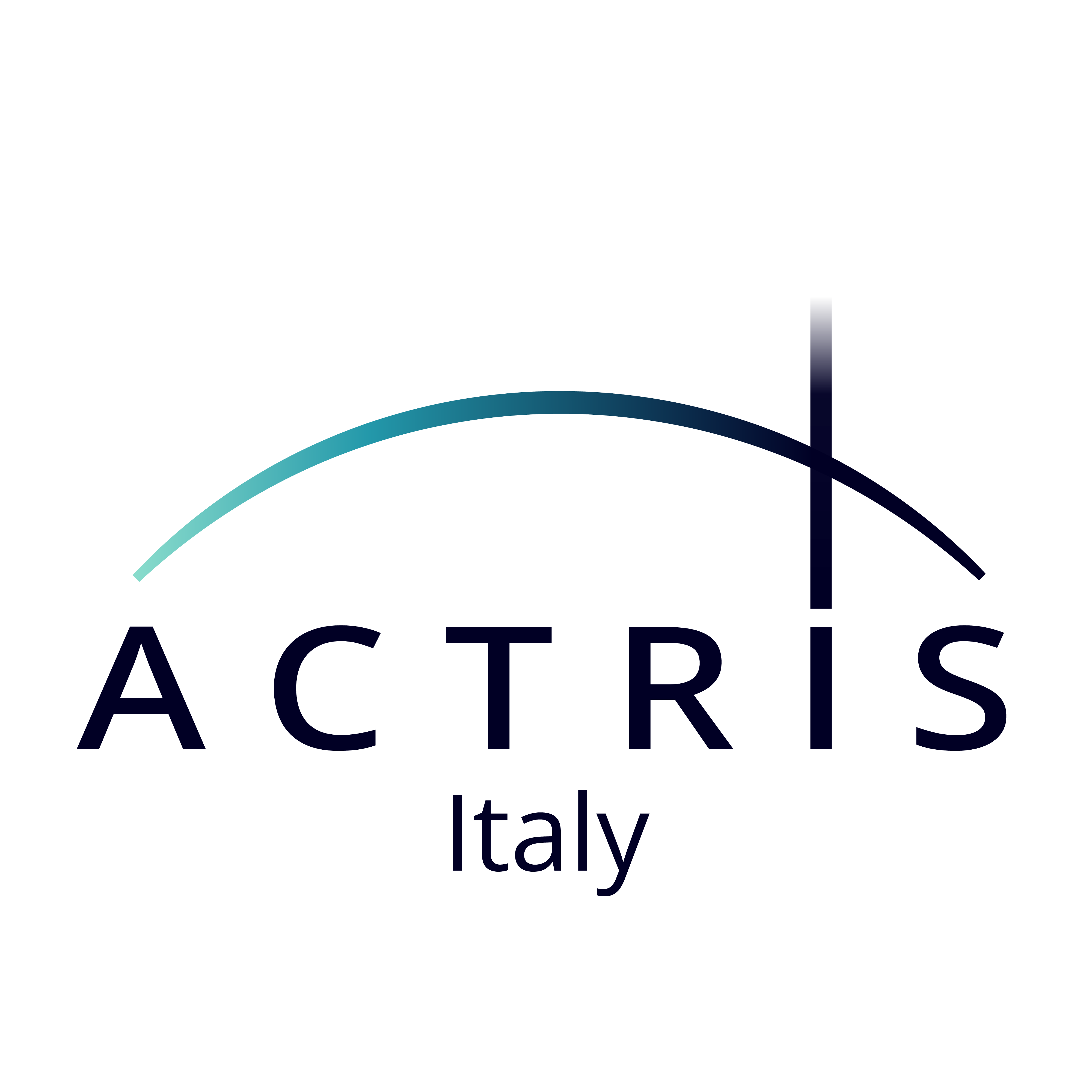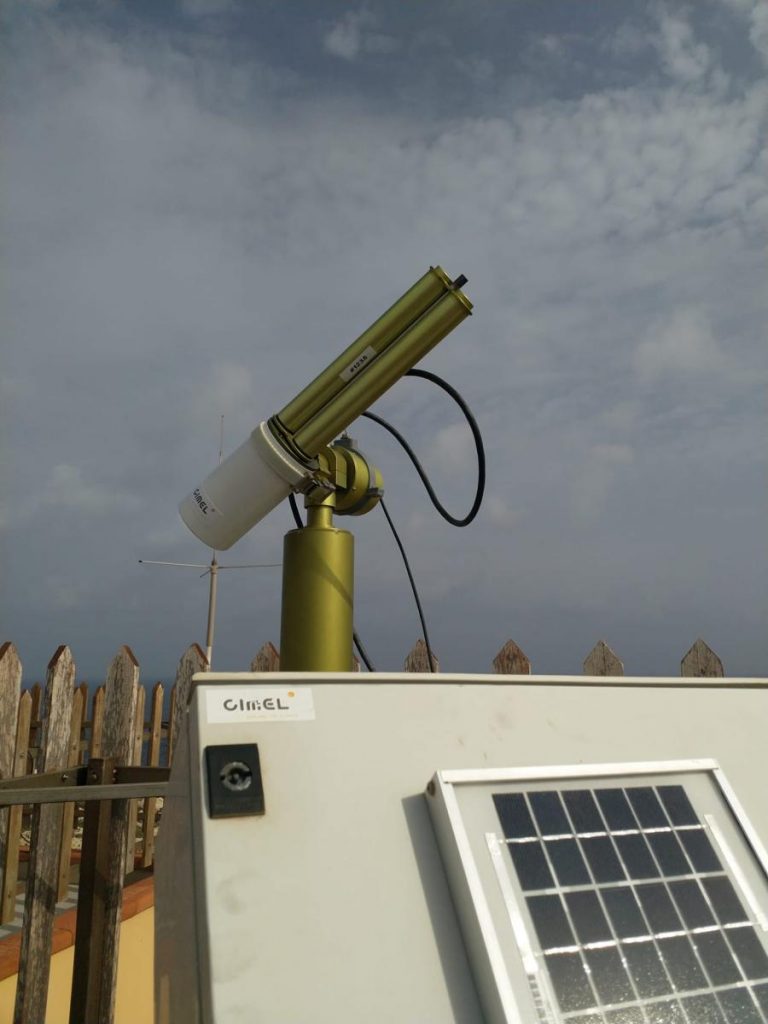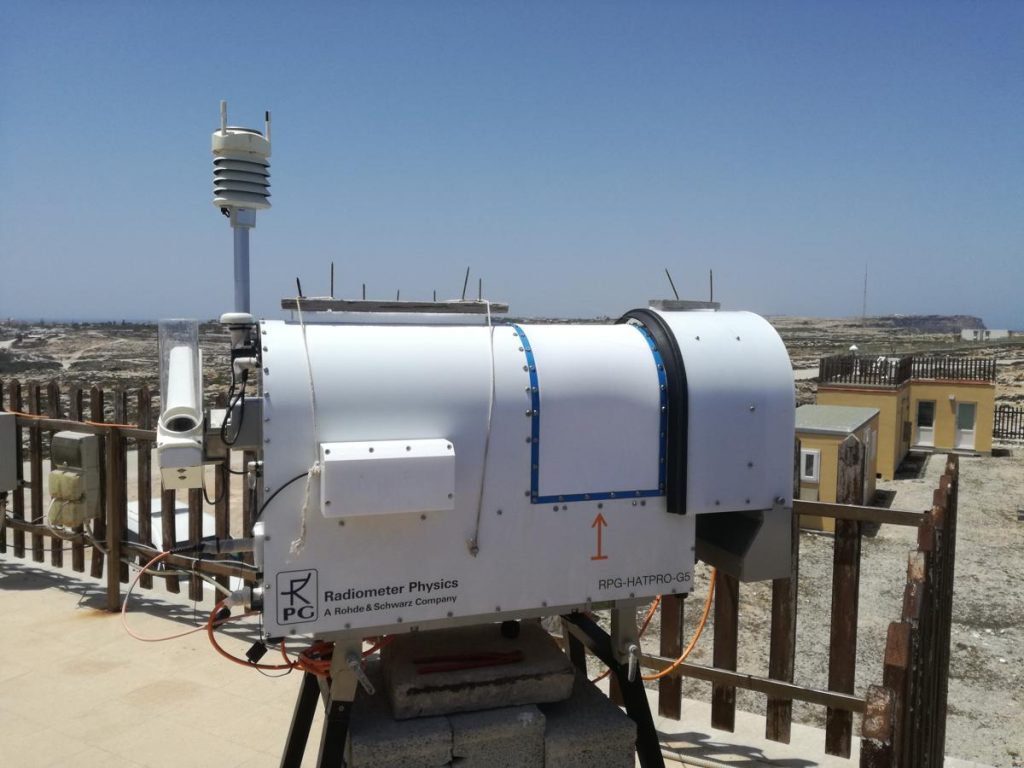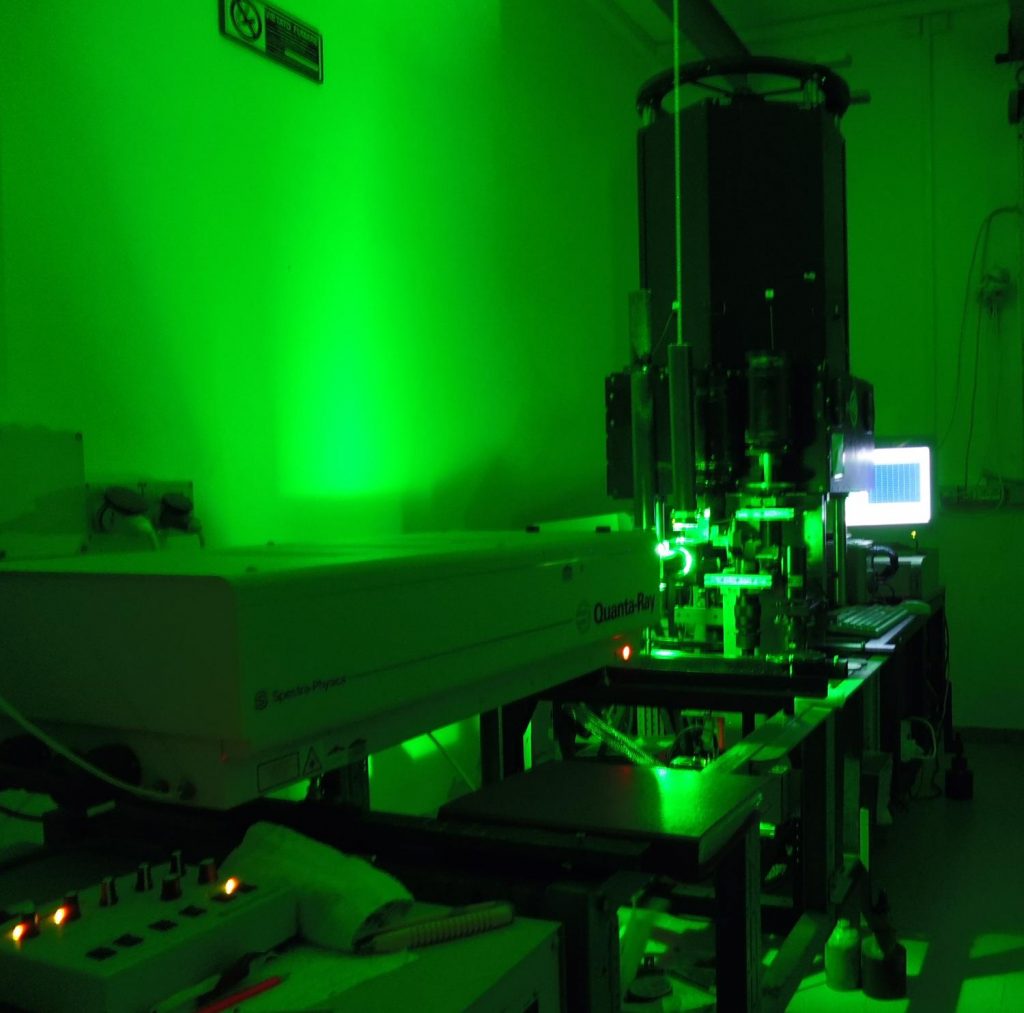ENEA Lampedusa
The ENEA Climate Observations Station on the island of Lampedusa is a research infrastructure dedicated to measuring significant climatological parameters in the Mediterranean.
Lampedusa is a small rocky island (about 20km2) relatively distant from continents and pollution sources. The geographical characteristics of Lampedusa make it a good site for satellite validation, research activities related to background distribution and long-range transport of aerosols and greenhouse gases, the study of the marine boundary layer, aerosol-cloud interaction, as well as the study of the radiative balance and regional climate of the Mediterranean.
The Lampedusa Observatory is an integrated system consisting of three sections:
1. An Atmospheric Observatory (35.52°N, 12.63°E) operational since 1997, dedicated to studying changes in the structure and composition of the atmosphere, and their effect on surface radiation.
2. An Oceanographic Observatory (35.49°N, 12.47°E), installed in August 2015, dedicated to research on air-sea interaction and satellite data validation.
3. A Terrestrial Ecosystem Observatory (35.53°N, 12.54°E), installed in May 2023, dedicated to quantifying CO2 exchanges between the atmosphere and terrestrial ecosystem.
The Atmospheric Observatory hosts all activities related to the ACTRIS research infrastructure concerning the study of aerosols and clouds using remote sensing techniques based on measurements from the following instruments: Cimel CE318-TP solar photometer, high power aerosol elastic-raman Lidar, Doppler Cloud Radar Metek Mira 35C, RPG HATPRO-G5 microwave radiometer, Lufft CHM15K ceilometer, Thies Clima disdrometer.
In addition to these essential measurements to be part of the European ACTRIS infrastructure, the Atmospheric Observatory operates Kipp&Zonen broadband radiometers for solar and infrared flux measurements, Middelton solar photometers, a Brewer MKIII spectrophotometer, Trios and Satlantic spectrometers, a Schreder all sky imager, a Heitronics pyrometer, an OTT rain gauge, a weather station, a Vaisala radiosonde system, and a Dado Lab aerosol sampler.
The ENEA Lampedusa Station is also part of the European ICOS research infrastructure, contributing through measurements of greenhouse gases and their fluxes in the atmosphere, sea, and terrestrial ecosystems, respectively carried out in the Atmospheric, Marine, and Ecosystem Observatories. For reference to the instrumentation directly connected with ICOS measurements, please refer to the ENEA Station website, https://www.lampedusa.enea.it/strumenti/.
Measurements from Lampedusa contribute to various international networks (e.g., AERONET, EMSO, NOAA Cooperative Air Sampling Network, WMO Global Atmosphere Watch, etc). Data acquired at the Observatory have been used in more than 200 international publications.
In the context of national collaborations, measurements are also conducted in collaboration with the University of La Sapienza in Rome and Florence, CNR, and INGV at Lampedusa.
Discover more on: www.lampedusa.enea.it
Bibliographic References:
https://www.lampedusa.enea.it/pub/





